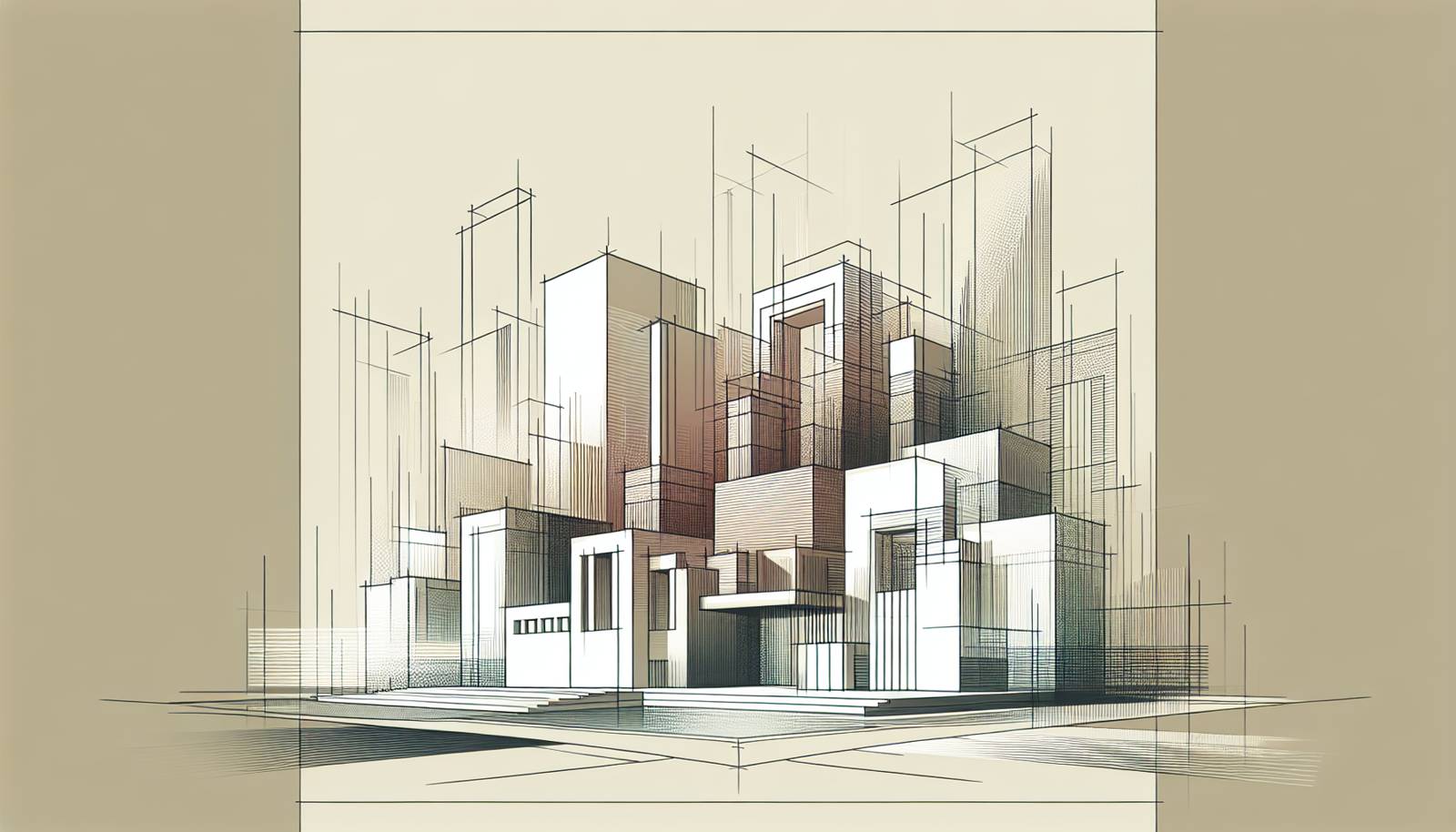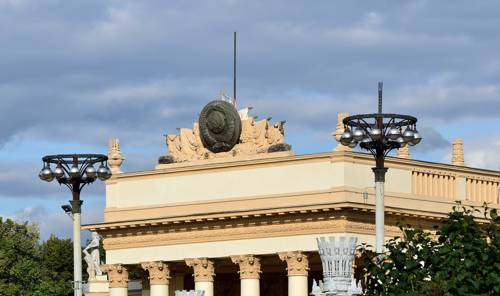
FAQ About The Role of Architecture in Expressing Power and Authority

How does architecture convey power and authority?
Architecture conveys power and authority through its design elements, scale, location, and use of materials. Monumental structures, grand scales, and strategic locations are often employed to reflect control and dominance. Additionally, ornate or rare materials such as gold or marble can symbolize wealth and influence, further enhancing the perception of an institution's power.

What are some historical examples of architecture expressing power?
Historical examples include the Pyramids of Giza, which symbolize the pharaohs' absolute power in ancient Egypt. The Roman Colosseum demonstrated the might of the Roman Empire. More recently, buildings like the Palace of Versailles exemplified the absolute power held by French monarchs.

How do modern buildings reflect authority?
Modern buildings reflect authority through innovative design, imposing height, and advanced technology. Towers such as One World Trade Center in New York and The Shard in London use cutting-edge materials and technologies to project a sense of power and resilience.

Can architecture be used to intimidate?
Yes, architecture can be used to intimidate by incorporating elements that overwhelm or dominate viewers. This might include features such as towering heights, massive and imposing forms, or fortress-like appearances that signal strength and control. Such architectural choices are designed to convey power and elicit a sense of awe or submission.

Why is location important in architecture that expresses power?
Location plays a crucial role in conveying power through architecture. Placing a building in a prominent or central area, such as a capital city or high ground, enhances its visibility and accessibility, reinforcing its importance and influence. Historically, strategic locations have been used to control and oversee key areas, further asserting authority.

How do governmental buildings express power and authority?
Governmental buildings often express power and authority through classical architectural elements such as columns, domes, and vast façades. These elements project stability, grandeur, and continuity, reflecting the strength and permanence of the governing institutions. Think of iconic structures like the U.S. Capitol and the Palace of Westminster.

What role do materials play in expressing architectural authority?
Materials play a significant role in expressing architectural authority. The use of stone, marble, and metal not only contributes to the durability and longevity of the structure but also suggests wealth and power. Rare or opulent materials convey prestige, while advanced materials may highlight technological superiority.

Can urban landscapes convey power?
Yes, urban landscapes can convey power by showcasing organized, expansive, and strategically significant designs. The layout of cities, including wide boulevards, monumental public spaces, and high-rise buildings, reflects the power and control exerted by urban planners and the authorities they represent.

How has the expression of power in architecture evolved over time?
The expression of power in architecture has evolved from massive stone structures that conveyed physical strength to modern skyscrapers that display technological prowess and innovation. While earlier times emphasized defense and religious symbolism, contemporary architecture often highlights economic power and global influence.

Can architecture express cultural power as well as political power?
Absolutely, architecture can express both cultural and political power. Cultural power is conveyed through distinctive design elements that highlight particular historical, social, or aesthetic values. Museums, theaters, and religious buildings often reflect cultural ideals and achievements, serving as symbols of a society's cultural authority.

What is the significance of symmetry in expressing architectural authority?
Symmetry in architecture often signifies balance, order, and harmony, all of which are attributes associated with control and power. Symmetrical designs are frequently employed in official and ceremonial buildings to project stability and authority, reinforcing the perception of an organized and powerful governing body.

How do historic preservation efforts relate to architectural power?
Historic preservation efforts protect and emphasize the significance of architecture that has historically conveyed power and authority. By preserving such buildings, societies recognize and maintain the cultural, political, or historical narratives that these structures represent, ensuring their continued impact on public consciousness.

Are there examples of non-traditional architecture conveying power?
Yes, non-traditional architecture, such as buildings with bold or avant-garde design, can convey power by showcasing innovation and a break from convention. Structures like the Guggenheim Museum in Bilbao challenge architectural norms and highlight the power of contemporary creativity and thought leadership.

How have skyscrapers become symbols of modern power?
Skyscrapers symbolize modern power by their sheer size and the technological innovation required to construct them. They serve as corporate headquarters or financial hubs, embodying economic strength and influence in the modern world. Their skyline presence reflects the prominence and aspirations of cities and corporations globally.

Do religious buildings express power differently from secular ones?
Religious buildings often express power through spiritual symbolism, grandeur, and artistic detail. Unlike secular buildings, which may prioritize political or economic power, religious structures focus on conveying divine authority and community strength, often invoking awe and reverence through their architectural complexity and sacred symbolism.

What is the role of architectural scale in expressing power?
Scale is a critical factor in expressing architectural power. Large-scale buildings can dominate their surroundings and signify strength, authority, and permanence. The grand scale of structures such as cathedrals, government buildings, and corporate skyscrapers serves to impress and convey a sense of control and importance.

Can minimalist architecture convey power and authority?
Minimalist architecture can convey power and authority through simplicity and clarity of form. By focusing on essential elements and avoiding excessive ornamentation, minimalist structures project confidence and control. This can be particularly effective in conveying modernity and efficiency in corporate and institutional buildings.

How do palaces traditionally exemplify architectural authority?
Palaces exemplify architectural authority by their expansive layouts, luxurious materials, and intricate designs. Historically, they were built to demonstrate the wealth and power of royalty or ruling elites. Features such as grand entrances, elaborate halls, and ornate gardens contribute to their majestic presence and visual dominance.

Can contemporary architecture challenge traditional symbols of power?
Contemporary architecture can challenge traditional symbols of power by reinterpreting space and form. Emphasizing sustainability, transparency, and community interaction, modern designs can offer alternative expressions of authority that focus on inclusivity and forward-thinking, rather than monumentalism and exclusivity.

How does architecture influence public perception of authority?
Architecture significantly influences public perception of authority by shaping environments that convey messages of power, stability, and leadership. The design, scale, and materials of architecture communicate values and priorities to the public, affecting how authority is perceived and revered within societies.
